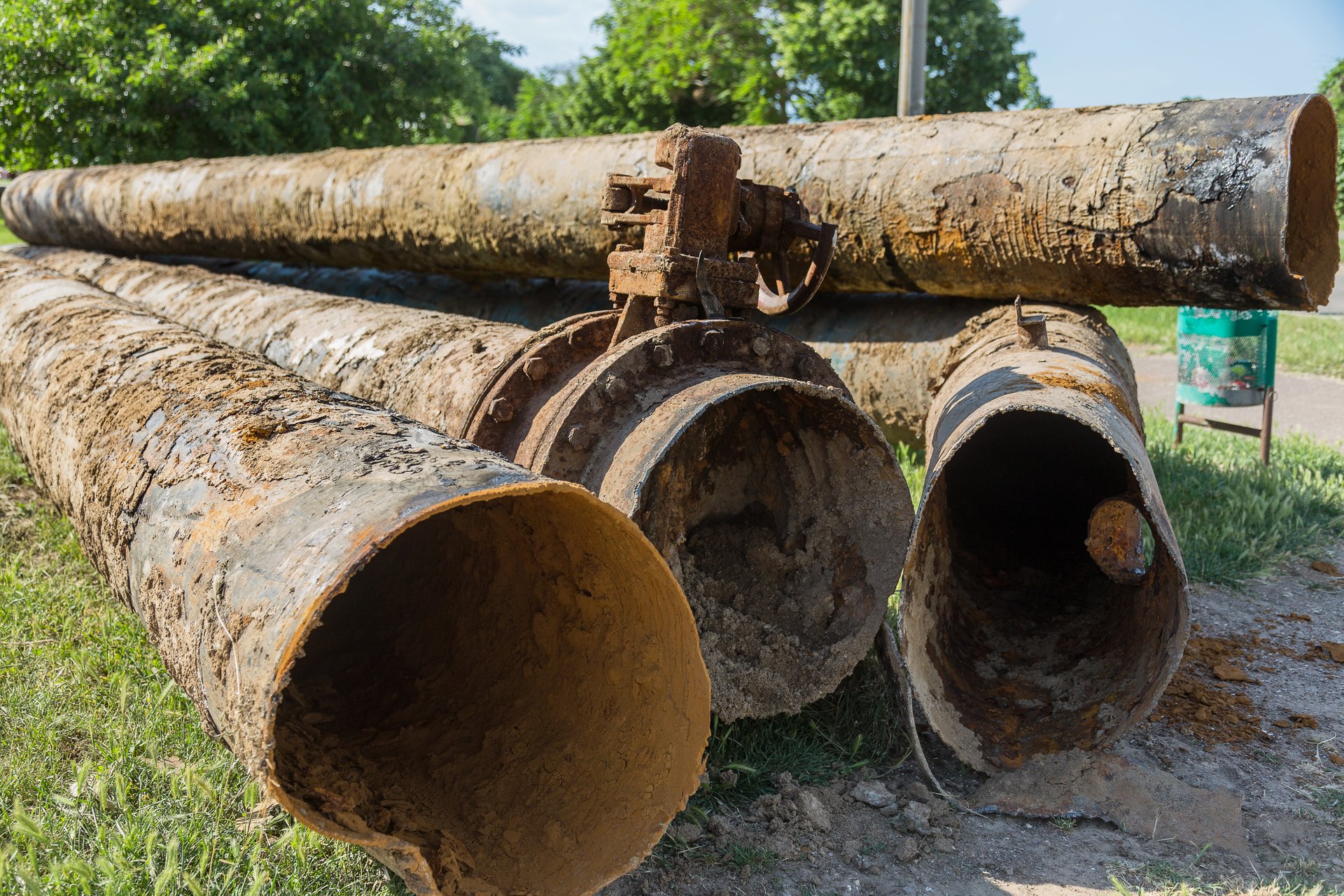
The U.S. Environmental Protection Agency (EPA) said it will spend $3 billion to help states and territories identify and replace lead water pipes.
“The science is clear, there is no safe level of lead exposure, and the primary source of harmful exposure in drinking water is through lead pipes,” EPA Administrator Michael Regan said, announcing the funding Thursday in an agency news release.
Lead poses serious health risks and can cause irreversible brain damage in children.
The funding announced Thursday is part of the Bipartisan Infrastructure Law, which President Joe Biden signed into law in 2021. It sets aside $15 billion overall to identify and replace lead pipes.
Under the law, almost half of the funds will be provided as grants and forgivable loans to disadvantaged communities. EPA estimates that there are 9 million lead service lines nationwide.
The latest round of funding will help every state and territory pay for work to identify lead pipes and remove them, the EPA said. With the funding, the EPA released guidelines clarifying the most effective ways states can use the funding.
The health hazards of lead pipes vaulted into the public consciousness in 2015 when tens of thousands of residents of Flint, Michigan, were told not to drink city water because tests had found high blood levels of lead in local children.
The EPA estimates that that there are 9 million lead water lines nationwide.
Regan noted in the news release that Biden understands it is critical to identify and remove those lead pipes as fast as possible. “He has secured significant resources for states and territories to accelerate the permanent removal of dangerous lead pipes once and for all,” Regan said.
States will receive funding based on need— so those with a greater number of lead pipes will get greater funding.
Meanwhile, the EPA has prepared a new outreach campaign to help water systems educate consumers about the health impacts of lead exposure and the role they, as consumers, have to play in identification of potential lead service lines in their homes.
The agency cited several water projects that have already been funded through the Infrastructure Act, including replacement of 750 lead service lines in underserved areas near Pittsburgh and 5,000 in Kenosha, Wisc.
More information
The U.S. Centers for Disease Control and Prevention has more about the health risks posed by lead pipes.
SOURCE: U.S. Environmental Protection Agency, news release, May 2, 2024
Source: HealthDay

Leave a Reply